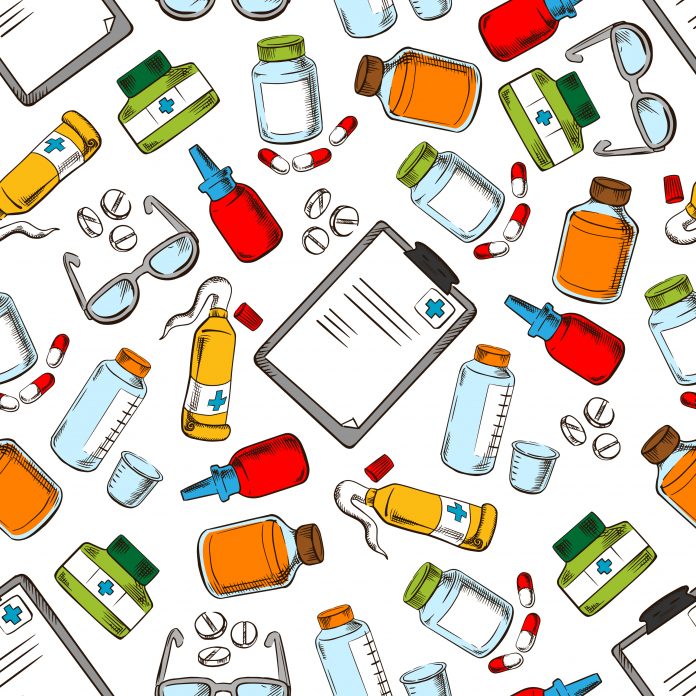One of the great miracles of modern medicine is the development of potent medications that can alter the natural history of what were only a few decades ago potentially fatal conditions or illnesses that resulted in long term disability and loss of function. But avoiding the risks of drug interations in the elderly has to be a priority for us all. When I was a medical student in Scotland, one of the most causes of admission to hospital and often death was acute heart failure as a consequence of rapid atrial fibrillation (very fast and irregular heart beat) as a consequences of previous rheumatic fever with the subsequent so-called rheumatic heart disease which affected the valves of the heart.
The steps required to save a patient from rapid death from heart failure during one of these episodes included treatment with morphine which was a powerful drug that decreased the terrible shortness of breath that was occurring as fluid built up in the lungs, digitalis which with luck would slow the rapid heart rate fast enough to prevent decline and death, oxygen, the use of tourniquets to decrease the return of blood from the lower limbs to the heart and the removal of blood through phlebotomy (so-called bloodletting) which decreased the pressure of excessive fluid on the heart.
With luck using these methods, within perhaps an hour or two, if the patient managed to struggle to withstand this overwhelming assault on their breathing and heart they might survive and then be treated with digitalis on a permanent basis to try and keep their heart rate slower and perhaps more regular. What did not exist yet were potent and easily administered diuretics to remove the excessive fluid from the lungs and thereby save the patient from what in essence was drowning in their own fluids.
One night while roaming the hospital wards with the young doctors which was always very exciting for medical students, a young woman came in with rapid atrial fibrillation and severe heart failure. We started with the usual treatment and then a senior resident arrived and wrote some words in a notebook while the nurse drew up a syringe full of fluid from a numbered box and vial. It was injected and within 10 minutes the patient was sitting in bed, breathing more easily and said in her thick Dundee dialect, “I feel much better thank you”. The bed was absolutely soaked with her urine. I had witnessed one of the miracles of modern drug therapy and that treatment with the diuretic called Lasix ® has saved millions of lives worldwide and is now standard treatment for all types of heart failure.
The story is dramatic and a reminder of the wonderful benefits of medications. But there is a flip-side to the story—that is even with the best of modern medications, there is always the potential for untoward side-effects that can be dangerous: many of these are in fact due not just to the intrinsic negative potential of the medication, but due to interactions with other medical conditions the person may have, for which the medication being used may cause a problem or interactions with other medications that may be necessary to treat other conditions.
The challenge for physicians and pharmacists in particular is to evaluate every combination of medications that a patient of theirs is taking and try and determine what potential interactions exist and if these present a potentially dangerous or harmful mixture of medications that the person’s body cannot tolerate. As a consequence of so many potent and often life- and health-promoting medications available and with the common occurrence of older people in particular having many chronic conditions, the pharmacy profession along with physicians and the pharmaceutical and software companies have created programs that highlight drug interactions at the time of prescription of a new drug and scan for problems for example during hospital admissions.
But the individual must also be on guard for drug interactions and take the best stops possible to avoid them.
1. Know all of your loved one’s and your own medications both prescription and over-the-counter—including so-called “health products”.
2. Keeping an up-to date list for doctors to see is a good practice.
3. When choosing an over-the-counter product, always check with the pharmacist to make sure that your prescription medications will not interact with something you might want to try for a respiratory infection for example- many medications used for this purpose are not innocuous.
The main protection from drug interactions is knowledge, awareness and prudence and then most important ask questions if you are not sure.






















